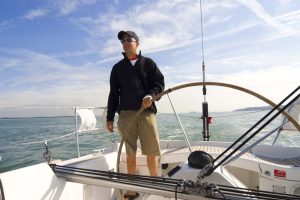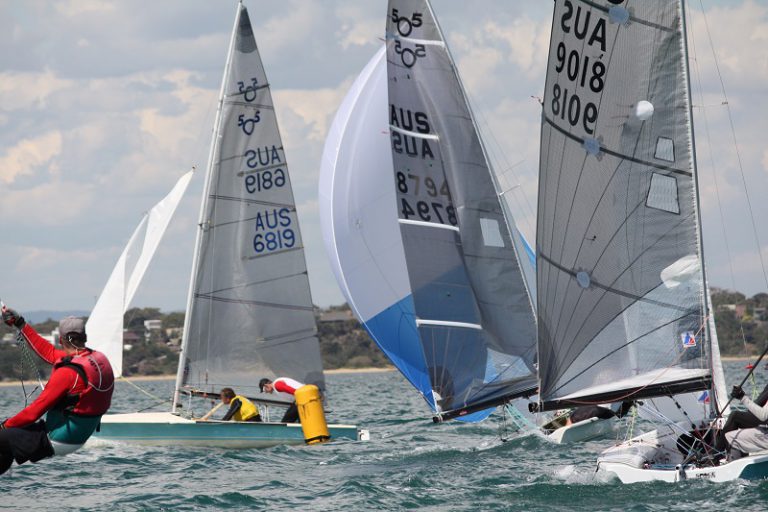
Sailing Instructions Checklist – There are several things that you should check in the sailing instructions even if you don’t get time to thoroughly read them which of course I recommend if you want to prepare properly for a race or regatta.
- The first is determining what penalty system is being used be it one or two turns, yellow flag or retire.
- Next is the individual recall system, will there be a “hail” of sail numbers or bow numbers if provided, will there be one sound signal for each boat over or one sound signal no matter how many boats are over.
- In the case of a General Recall, will it be a rolling start and you restart on the next 5-minute signal or will your class go to the end of the class start sequences?
- Are there any special provisions for the I flag, Z flag or black flag penalties? For example, after a general recall is the one-minute rule automatically in effect, or will the RC fly flag I per rule 30.1?
- Has the race committee made any changes or additions to the protest procedure found in rule 61? For example, are you required to notify the RC of your intent to protest when you cross the finish line? Is the filing time limit different than that stated in rule 61.3?
- At what time is your warning gun?
Your Class Flag
- What colour shape or flag will be displayed before and at your start?
- What are the possible courses and how will each of them be signalled?
- On which side do you leave the marks?
Compass Heading Display
- Will the RC boat signal the compass heading and/or distance to the first mark?
- Is the committee allowed to shorten the course? (They are unless the SIs say they aren’t.)
- What is the time limit for each race?
- If the RC moves a mark, what procedure will they follow, and what will the new mark look like?
- What constitutes the starting and finishing lines?
- Are there any other rules you must be sure to follow? For example: Do you have to check in at the RC boat before the start?
Read The Sailing Instructions Thoroughly
There is no substitute for reading the sailing instructions thoroughly and in fact you should read them a number iof times so that they are indelibly etched in your memory.
In a multi-crewed boat, one crew member should be tasked with reading the sailing instructions and understanding and remembering them.
On the way out to the course, the crew member who is responsible for reading the SI’s should pass on the most important parts of the document to the team.




















